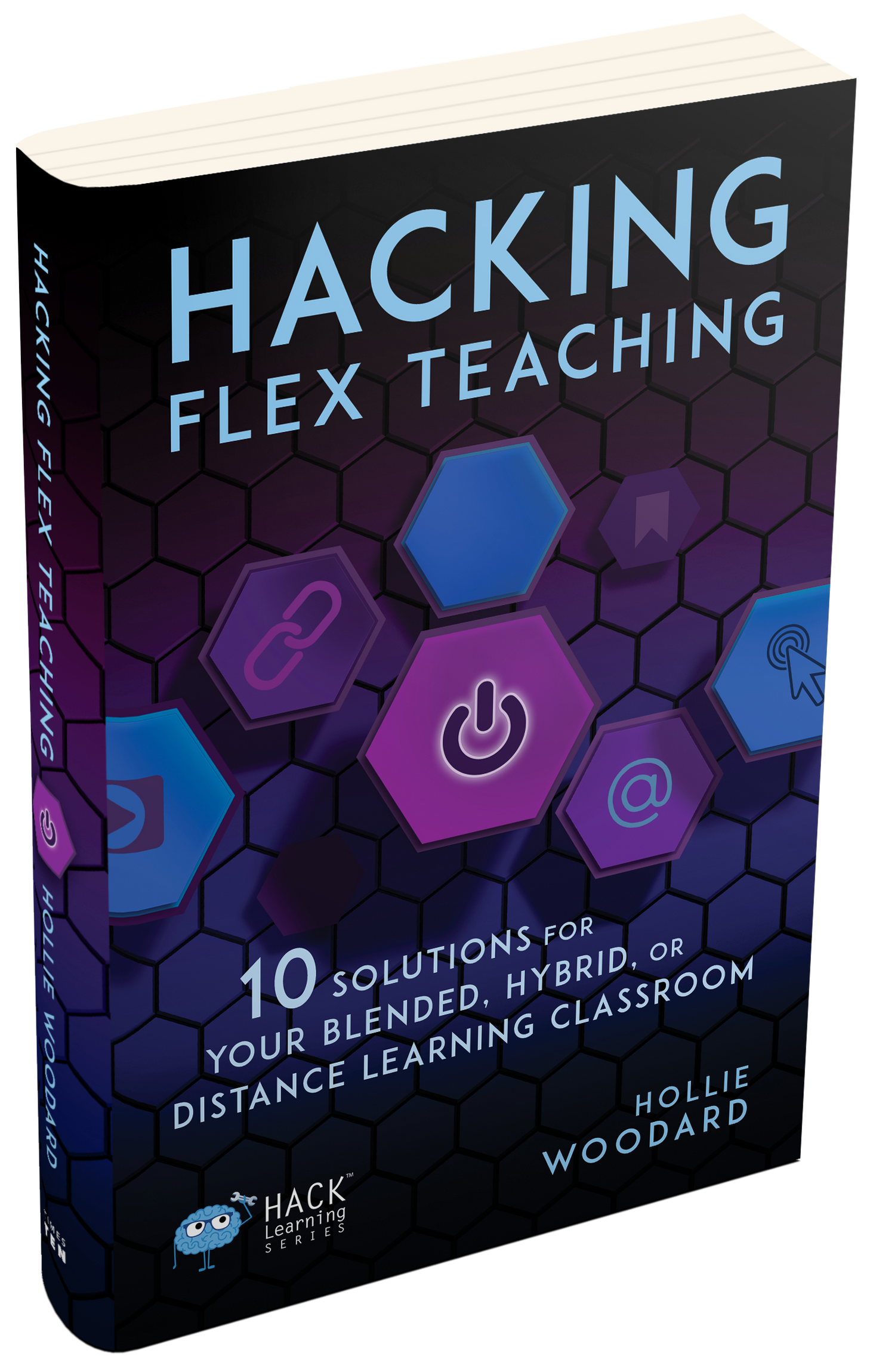My Post-Pandemic Teaching and Learning Observations
May 26, 2022
By Dr. Doug Green
In New York State, a certified administrator from a different building must observe each teacher at least once a year. This started about six years ago—thanks to the thinking that too many insufficient teachers received good evaluations from principals who were their friends.
Politicians expressed that schools generally perform poorly in the state due to inadequate teachers. As someone who has been observing teachers since 1976, I hold a different view.
I believe that most poor teachers self-select themselves out of the profession. Being a bad teacher really sucks. The current high turnover rate would certainly support my opinion.
I engaged in counseling in the few instances where I observed poor performance, and the suggestions I gave didn’t make a difference.
Then I simply asked, “Do you really think that teaching is the best career for you?”
In all cases, they admitted it wasn’t, and I did my best to help them find other work.
Dr. Doug, the Independent Observer
I have independently observed a local district with approximately 120 K-12 teachers for the last five years. Since I’m a retired principal, I qualify as an administrator not in their building. I am the rare observer who can credibly evaluate every teacher from kindergarten to AP Chemistry.
Like most districts in upstate New York, this district shut down in March of 2020 and scrambled to put together a 100% remote program for the rest of the school year. By then, I had already finished my observations.
During the 2020–2021 year, the district ran a hybrid program for most of the year where the students alternated between coming to school and attending via Zoom. I conducted all observations in the classroom, except for a few teachers who only taught from home, where I could also see the students on Zoom.
What is Different After the Pandemic?
Last year, I asked teachers, “Did you do anything innovative due to the pandemic that you plan to continue when it’s over?”
I do not recall anyone saying no. Here are some of the changes I’ve observed.
Foremost: An Increased Use of Technology
In most classes, students use laptops during most lessons. They usually look at the same thing on their computers that the teacher projects onto the big screen up front. They use the teacher’s site to check for and turn in assignments. They can watch and rewatch media the teacher posts. Except for a few high-tech staff, most teachers received a big dose of computer literacy—and their post-pandemic practices show it.
Technology Allows for More Differentiation
The district licensed an integrated learning system. Its usage greatly expanded, especially in the elementary school. The typical K-5 observation featured the teacher with a small group while the rest worked either independently or in collaborative groups. A student worked on single-digit addition as a neighbor explored coordinate geometry in one first grade class.
Teachers Post More Work Online
They use student work blogs. More teachers show students exemplars of high-quality finished products. Students work harder when they know teachers will display their work beyond the classroom. It also allows parents to see relative progress.
Some high school students even have their own blogs. At one point, I took off my observer hat and taught some introduction to blogging classes, using my blog as an exemplar.
Student Choice and Voice Expanded
With complete internet access district-wide, assignments can be more individualized. All students can access whatever captures their interests. Technology demands their thoughts and opinions to teacher prompts—for all to see.
Innovation Varies by Department
Foreign language teachers exposed students to videos with subtitles and individualized practice apps. Secondary math teachers regressed to their former one-size-fits-all stand-and-deliver approach to teaching. Physical education classes put directions online before gym entrances, allowing more time for movement.
Students Don’t Have to Miss Class When They’re Absent
More often, when a child is home for some reason, they usually aren’t too sick to watch TV or—in this case—their classes at school. Pre-pandemic teachers didn’t know how to do this, and most students didn’t have the equipment or ability.
Is This a Remarkable District?
I think so. If the teachers felt stressed, they didn’t show it. I told them, “Keep making lemonade,” on my way out of each room. I expect the state test results to show little, if any, loss.
While students missed two years of on-stage performing, the high school just performed at Disney World. The football team won the state championship—in a big state.
District leadership deserves a lot of credit. They hire good teachers, support them—and otherwise stay out of the way. I tell everyone that I am a needless layer of bureaucracy. I simply try to add value by identifying what each teacher is doing well and encouraging them to do more of it.
Maybe education needed a good pandemic.






